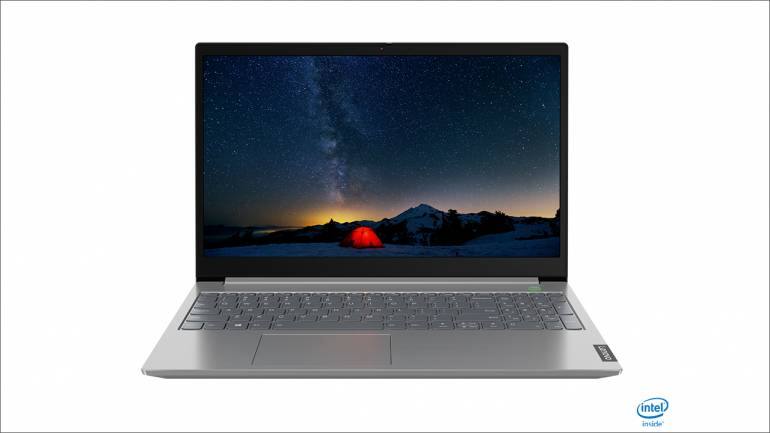The key to building strong cyber resilience is to identify potential risks and vulnerabilities, protect and secure your company’s data, and create a recovery program.
The COVID-19 outbreak and the imposed lockdown has had a profound social and economic impact across the globe. And with no clear indication of when economic activities will resume full swing, businesses are grappling with this unfolding reality, and finding ways to minimise the damage caused; while maximising their operational efficiencies. Companies have not just had to deal with the massive task of shifting hundreds of workers from on-site to working remotely online almost overnight, they have also had to develop technological capabilities to ensure business continuity.
Rise in cybercrimeIn Asia Pacific alone, a whopping 91 percent of teams have implemented ‘work from home’ arrangements since the outbreak as per a Gartner survey. But while companies rely on technology to aid them in smoothening their work functions, it can also leave them vulnerable to cyber-attacks. Ever since the ‘work from home’ protocol was set in motion this March, the Computer Emergency Response Team of India (CERT-In) has reported a spurt in cyber-attacks on personal computers; endangering companies’ data.
In fact, Lt. General Rajesh Pant, India’s National Cyber Security Coordinator, revealed that since the onset of the pandemic, there has been a 50 percent surge in global cybercrimes. Hackers are using malicious websites to exploit pandemic-related financial incentives and relief packages rolled out by the government. Cyber criminals are also targeting personal computers, routers and unprotected home networks.
Ways to ensure cyber resilienceThis global pandemic has rapidly raised concerns over cyber security risks and questioned whether companies’ existing cyber insurance policies and crisis-response efforts are sufficient to mitigate them. In fact, PwC’s recent US CFO Pulse Survey revealed that nearly one in five (19 percent) CFOs are worried about cyber security risks owing to the rapid shift to remote working. As businesses adopt new technologies, cyber security plans should also get updated and security measures quickly deployed. It’s now imperative for organisations to implement a secure system and develop a user-friendly cyber policy to prevent breaches in data security.
The key to building strong cyber resilience is to identify potential risks and vulnerabilities, protect and secure your company’s data, and create a recovery program.
1) Threat detectionEmail phishing is one of the most common threats in cyberspace where cyber criminals attempt at accessing sensitive business information by posing as a trusted organisation. Employees should refrain from opening emails/email attachments from unknown sources, and the same protocol should be followed for suspicious pop-ups, which contain malware to breach your data. Another top cybercrime is ransomware attack, where you are locked out of your system and have to pay a ransom to access your files.
To safeguard against these cyber threats, provide your employees with Lenovo devices that are equipped with ThinkShield, a revolutionary approach to securing devices through their entire lifecycle. Lenovo’s WiFi Security detects threats and notifies users when they are about to connect to unsafe wireless networks for added security. In addition, they use BUFFERZONE® technology that isolates online threats before they infect the whole organisation.

Your company’s data represents your intellectual capital, which is put at risk if remote workers use unsecured networks. Hence, it is best to avoid public Wi-Fi and safer to use personal hotspots or your phone instead. Sometimes, people even use an insecure password across various platforms on their devices; leaving them vulnerable to unauthorised access by hackers. It bodes well to use a strong password to prevent being locked out of the system, and update it every other month.
ThinkShield greatly helps protect users’ identities with secure biometrics, facial recognition, fingerprint reader and other authentication procedures to prevent data breach and identity theft. And its BIOS-based Smart USB protection guards USB ports against unauthorised use and blocks the data transfer capability of the USB port. This way no one else can access your device with your permission. Companies can also urge their employees to use a virtual private network (VPN) and multi-factor authentication when performing work-related tasks for added security.
3) Prevention and recoveryOne of the most effective ways to reduce the risk of cyber-attacks is by providing your employees with secure devices that protect sensitive data. For instance, Lenovo’s ThinkShield-enabled laptops, powered by the latest 10th Gen Intel Core processors, provide end-to-end security solutions with comprehensive and customisable protection that secures your business without disrupting work productivity. It protects users’ data on and off the device; and Lenovo’s Online Data Backup—a cloud-based automatic backup and recovery solution—also helps store confidential data in the cloud securely.
Some of the other ways in which your company can build cyber resilience is by helping employees gain domain knowledge by providing training about data security; and how to recognise and weed out potential phishing and malware attacks. Also consider enforcing the use of company-led communication services, and monitor third-party service provider data to prevent data breaches.
In the next few months, over 70 percent of companies are likely to continue the work-from-home policy, as per a Knight Frank survey. So, to reduce the risks of security breaches over the long term and keep up with the changing technologies, it’s advisable to adopt these security solutions at the earliest.
This is a partnered post.













